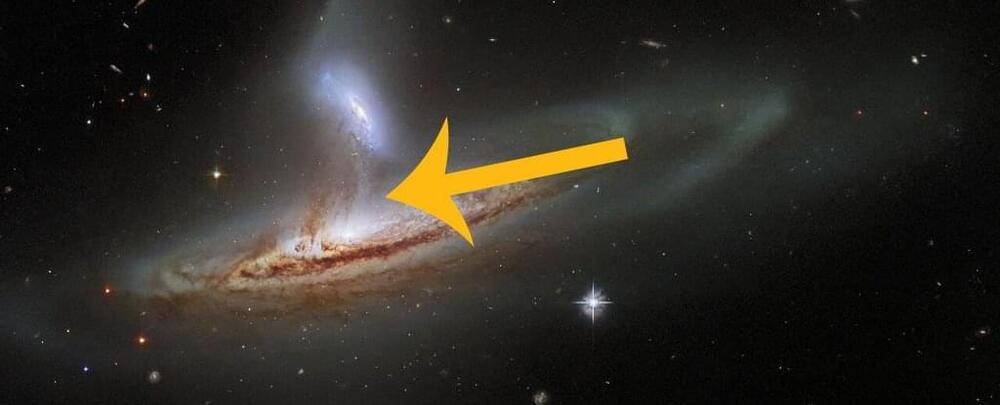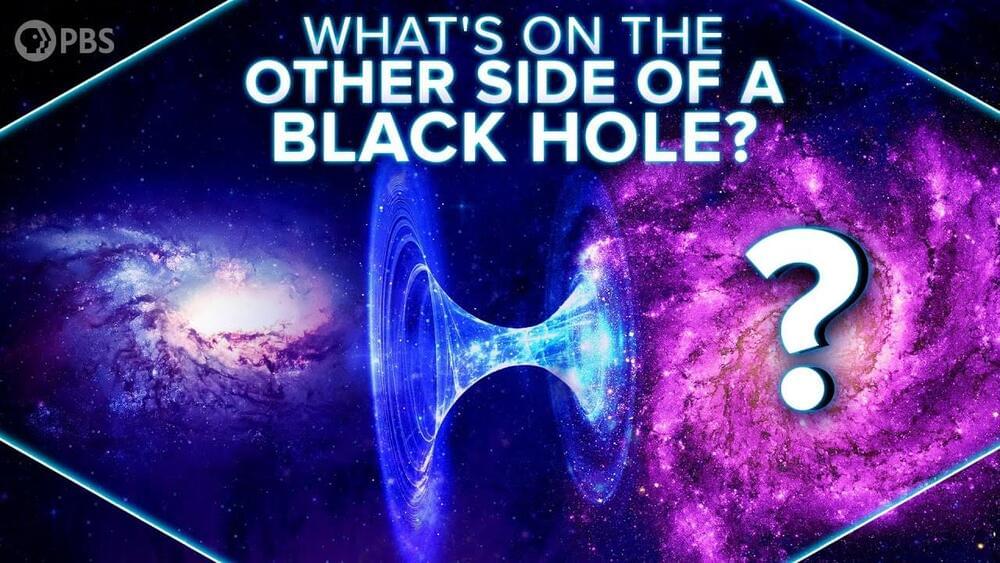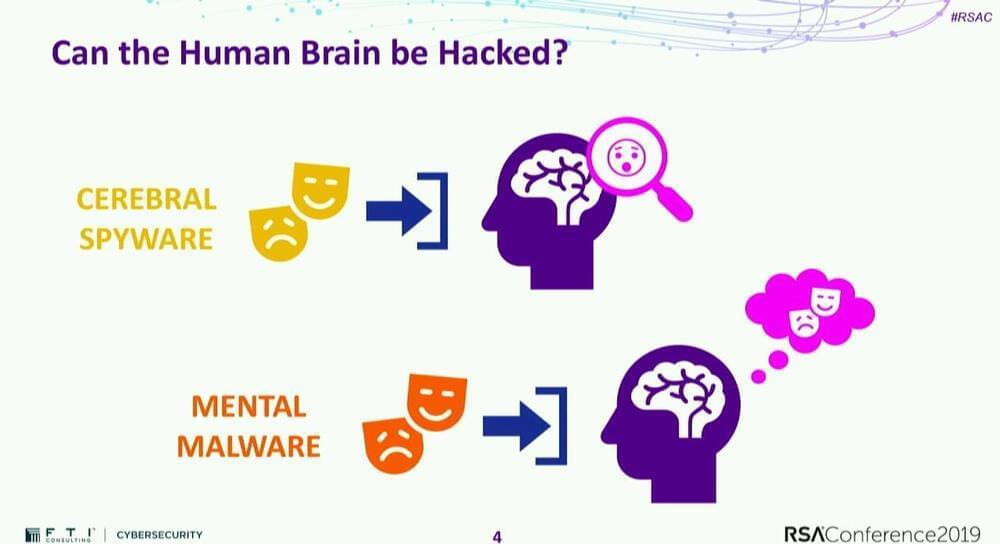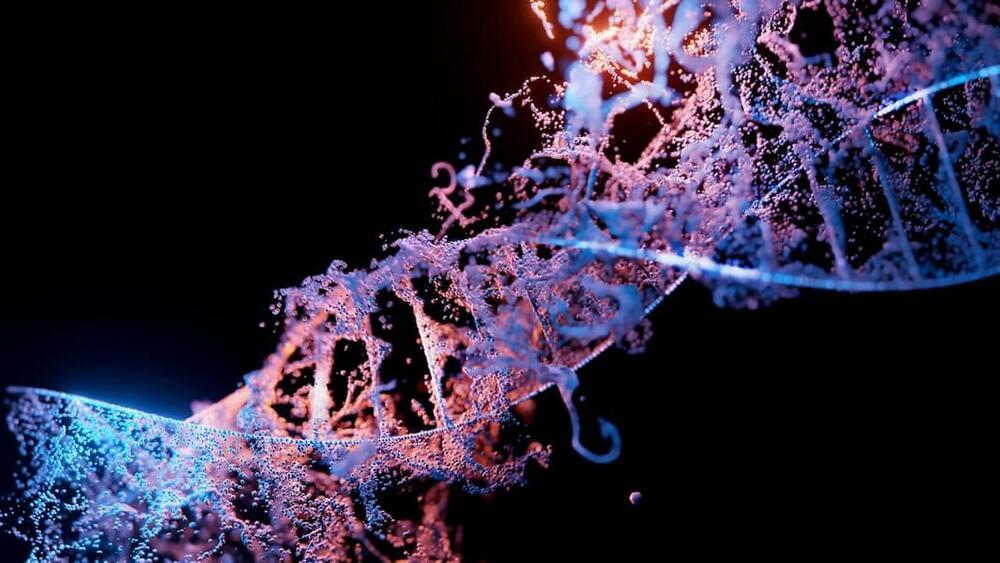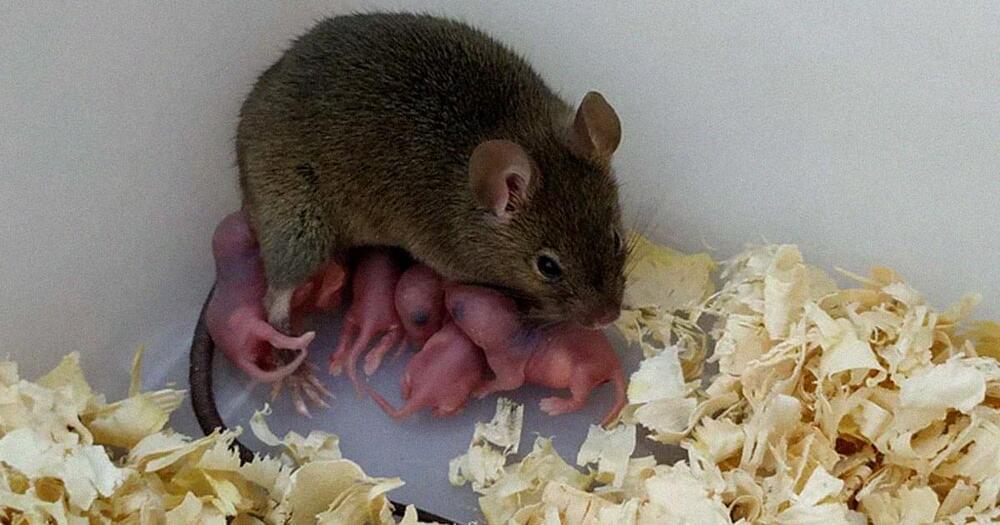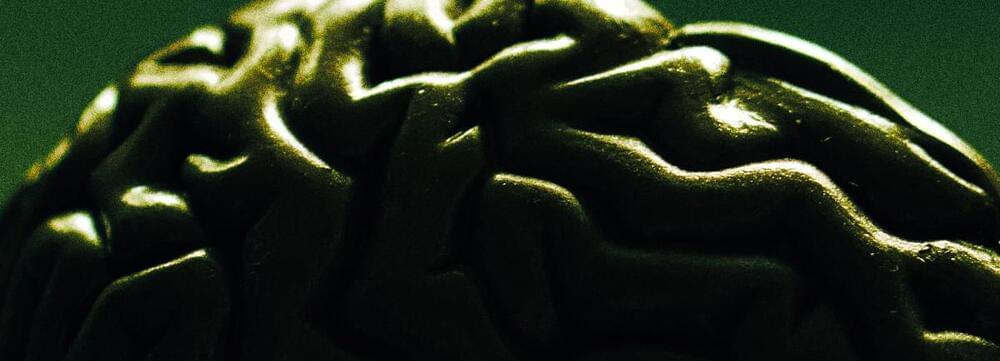Mar 11, 2022
Sublime New Hubble Image Reveals a Thrilling Exchange Between Two Galaxies
Posted by Dan Breeden in categories: materials, space
The ongoing interaction between two galaxies 320 million light-years away has been captured in a gorgeous Hubble image.
They’re collectively known as Arp 282 in Halton Arp’s Atlas of Peculiar Galaxies, and they consist of a large barred spiral galaxy named NGC 169, about 140,000 light-years across, and a much smaller polar-ring galaxy named IC 1,559, which is about 40,000 light-years across.
Continue reading “Sublime New Hubble Image Reveals a Thrilling Exchange Between Two Galaxies” »
